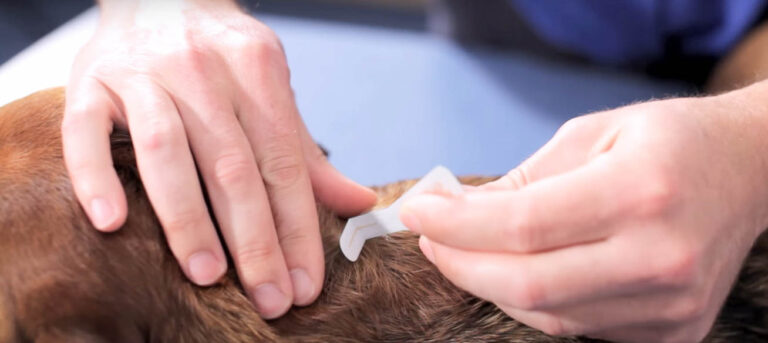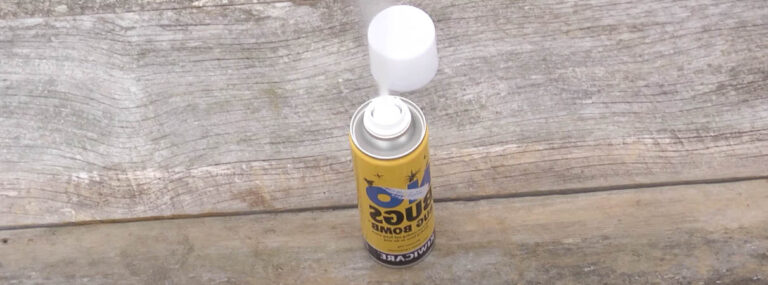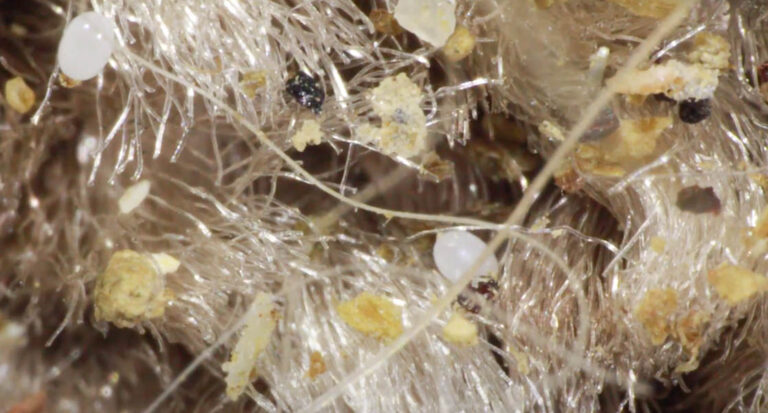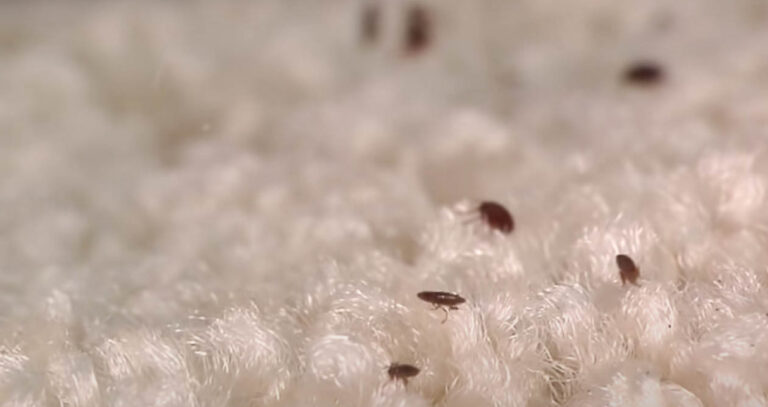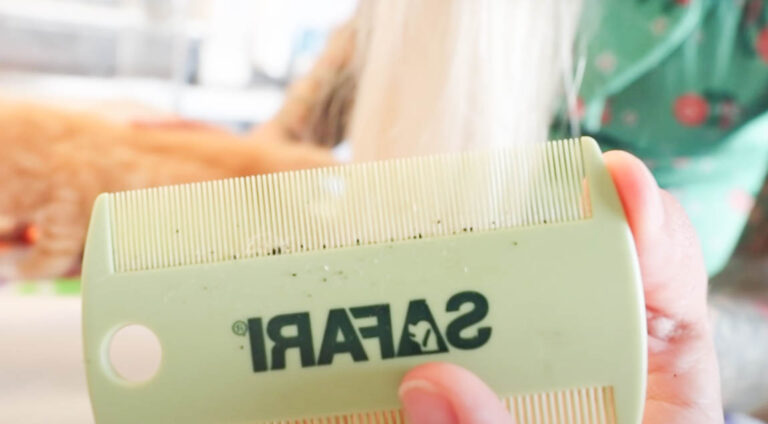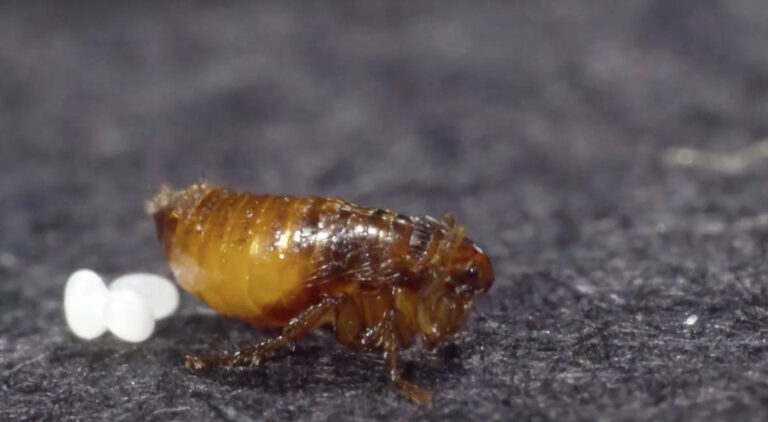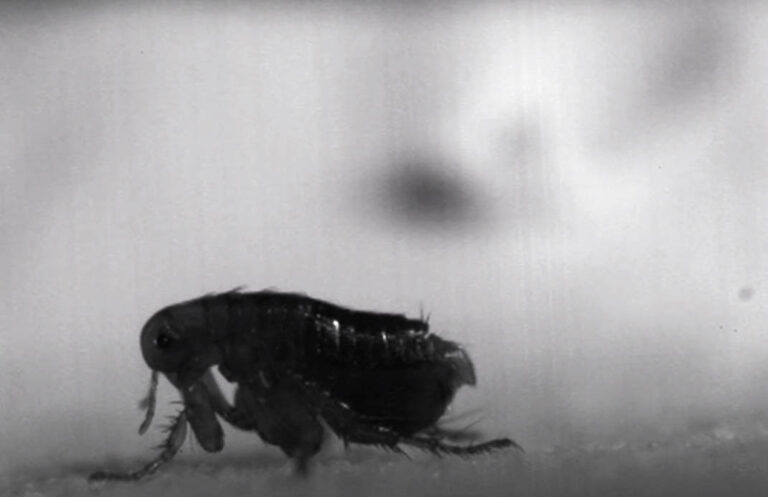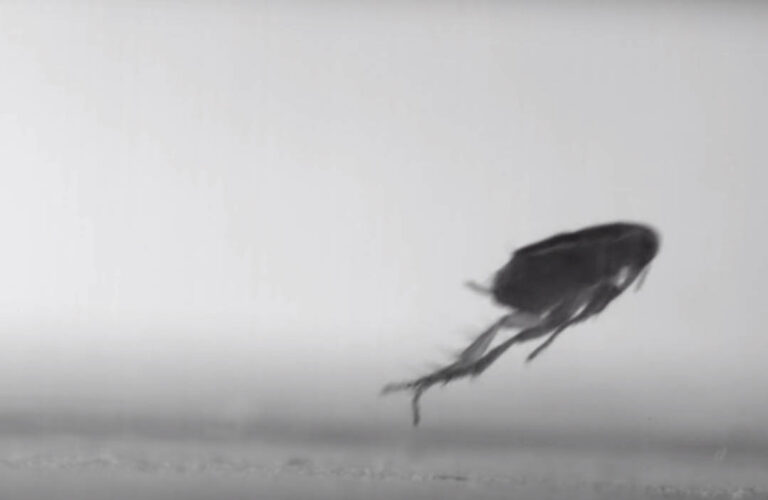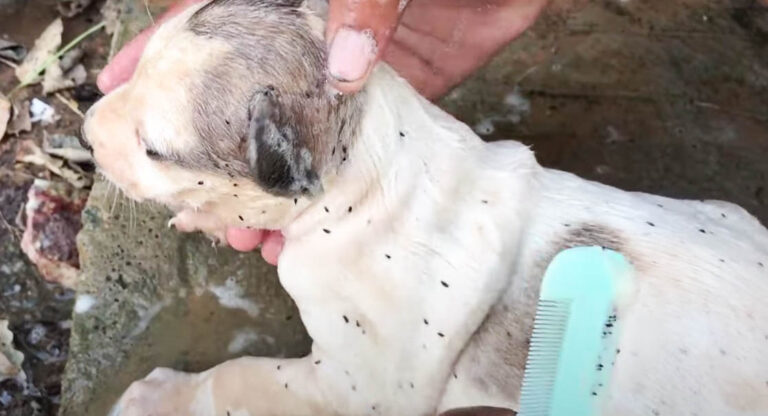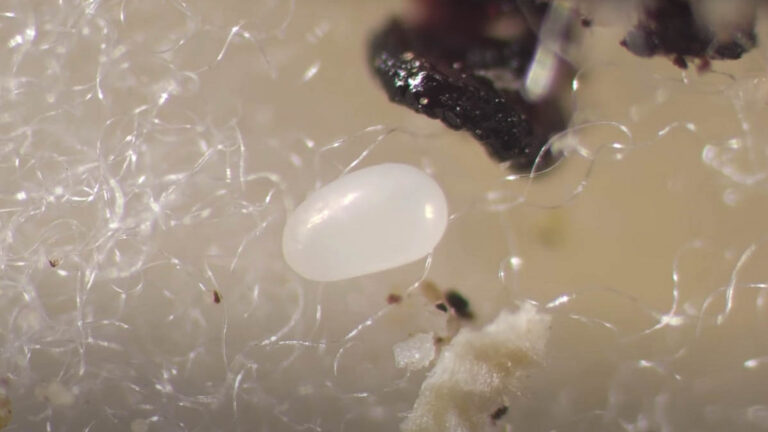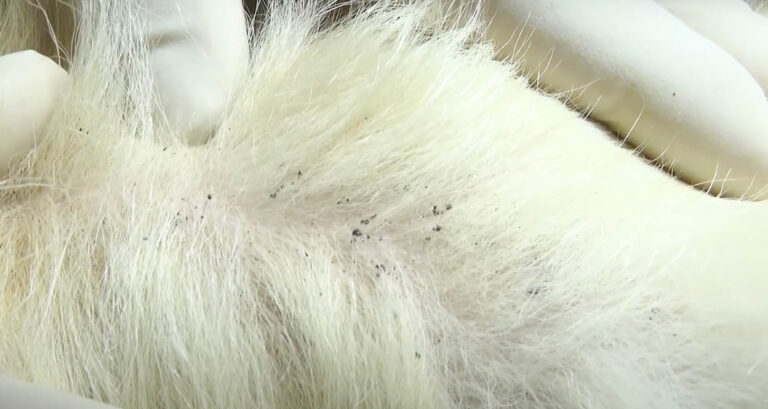About Fleas
About Fleas
Fleas are small wingless insects that live on the body of different animals. These insects are pests that feed on the blood of their hosts. Although they are wingless, fleas have an incredible jumping ability which makes up for their inability to fly. There are over 2,500 species of these tiny bloodsuckers across the globe but only a few are common in the United States.
Appearance
These insects are wingless with reddish-brown flat and narrow bodies. Adult fleas have a scaly body that measures between 1-4 mm and have 3 legs attached to each side of their abdomen, making a total of 6 well-developed legs with which they make incredible leaps.
Behavior
Once a flea pupa develops into an adult flea, it quickly jumps onto the body of a host and starts to feed. These insects only survive on blood meals and prefer to live in the fur of animals such as dogs, cats, birds, rats, etc. Fleas actively avoid light and thrive in dark and warm places and for this reason, they will most likely live in the bellies of animals or stay hidden under the tail. These insects are one of the best jumpers in the animal kingdom.

They have hind legs which are well adapted to accomplish this feat and more than makes up for their lack of wings. An adult flea measuring about 2.5 mm will leap into the air and cover a distance of up to 13 inches before landing.
They can cover a vertical distance of 7 inches and a horizontal distance of 13 inches. Fleas are drawn to high humid and dark places and tend to breed and live in the sleeping places of their hosts, cracks in furniture or cabinets, and in carpets. These insects lay eggs in these places and these eggs subsequently develop into larvae and cocoons before finally emerging as adult fleas ready to jump on a host and start feeding immediately.
Damage They Cause
Fleas are annoying and good-for-nothing pests with the sole purpose of taking blood meals from animals unlucky enough to become their hosts. All fleas survive on only blood and both male and female fleas will feed on the blood of different animals. These animals will jump on a potential host and make its way through the animal’s fur to the skin where they use well-adapted mouth-parts to pierce the skin and suck as much blood as they need.
These bites can be painful and irritating and most times the animal in question will suffer serious discomfort. A flea infestation can make an animal lose so much blood and become anemic, these insects also cause what is called flea allergy dermatitis. This happens when an animal is allergic to the substance in the saliva of fleas and it triggers an unpleasant reaction.
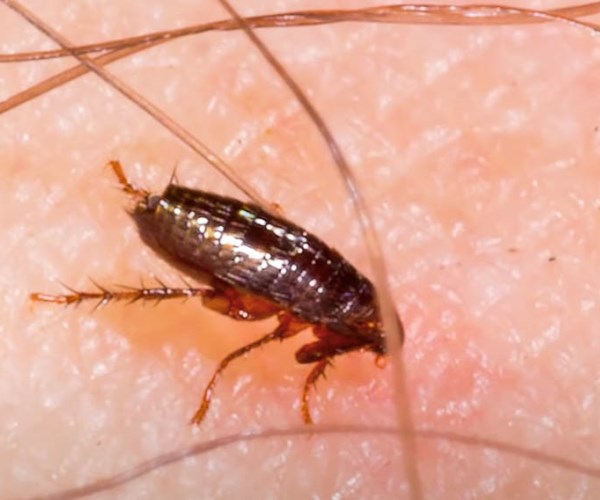
When fleas bite humans, the body responds to this by releasing a substance called “Histamine” around the area of the bite which causes the skin around that area to become red and inflamed, and with continuous itching, this can get bigger and become a lot worse. Fleas also cause certain diseases in humans and animals including Bartonella bacteria, murine typhus, and Borrelia burgdorferi, the bacteria responsible for Lyme Disease.
Infestation Signs
Flea bites are very irritating and that is often the first sign of an infestation. Not only is the bite itself painful, but the substance contained in their saliva irritates the skin of your pets causing them to itch and scratch furiously.
If you find your furry friend itching and tearing up their fur more than you’ve ever seen them do or you find them restless and trying to groom themselves every time of the day, then they are probably suffering from a flea bite and will have these annoying pests hiding in their fur delivering irritating bites.
If you also notice small red patches like hives or rashes on certain areas, especially the underbelly or neck of your pets, these may be footprints of fleas. Very serious flea infestations will leave some animals anemic which is characterized by pale gums. You should take this very seriously, especially if your pet is losing its fur.
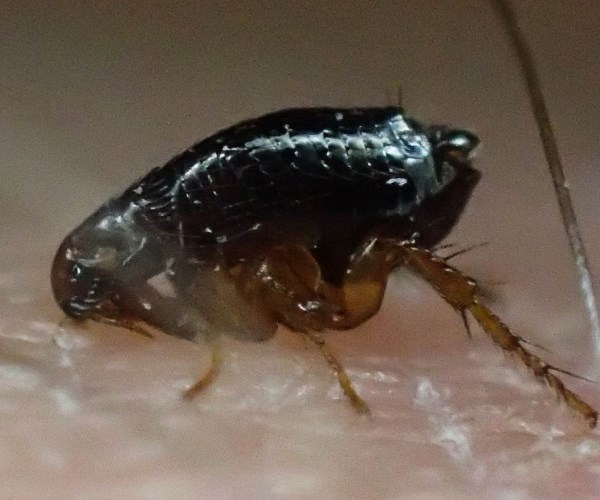
Depending on the extent of the infestation, you can also see fleas jumping around in your home, or you may receive some bites yourself which will mainly be around your feet and ankles. This is a sign of fleas jumping off the carpets and taking blood meals from your legs. Flea infestations are mostly encountered during the warm summer months because these animals thrive in warm weather.
Any sign of a flea infestation should be taken very seriously and treatment should start immediately. Take your pets to the vet and call an expert pest control company to properly handle the problem.

